The Wild Diet is not designed for crash dieting. Its purpose is to change your relationship with food, regulate metabolism for fat burning, and make you look and feel good for a lifetime.
However, there are instances when people aim to quickly shed a significant amount of fat.
Take my friend, Chaz Branham, for example. We guided him to drop his body fat to 3%, so he could win his first natural bodybuilding competition.
Then there’s Kurt Morgan, who won first place in the first week of ABC’s “My Diet Is Better Than Yours” following the Wild Diet and lost 16 pounds. More impressively, Kurt has proven that by adhering to the Wild Diet, he can consistently shed over 7 pounds each week.
But let me tell you upfront, as impressive as rapid weight loss sounds, it’s no easy feat. It requires dedication, motivation, and yes, a reduction in food intake. We’ll discuss this point shortly.
How Much Weight Can You Lose Weekly?
For most people, aiming to lose 2 pounds per week is a good target. Many individuals starting the Wild Diet find they can steadily lose weight simply by eating the right foods without calorie counting. Counting calories is inaccurate, frustrating, and entirely unnecessary.
Believe it or not, in the first two weeks of ABC’s “My Diet Is Better Than Yours” competition, Kurt ate as much as he wanted. He feasted on Wild Diet recipes like bacon cheeseburgers, decadent coffee, delicious green smoothies, big salads, bone broth, and even healthy desserts… and he was still losing weight. A whopping 16 pounds in the first week!
However, by the second week, Kurt “only” dropped an additional 5 pounds.
Since he was participating in a weight loss competition, Kurt stated that his goal was to “lose 7 pounds or more each week.”
That’s a high goal. And in the long run, it’s unsustainable.
But if, like Kurt, you are severely ill and eager to quickly shed the most harmful fat, I’ll do everything in my power to ensure your success.
If you have the motivation and are willing to eat a bit less, you might be able to lose a pound per day in a healthy, controlled manner by adjusting Wild Diet principles.
Let me emphasize – not all calories are equal. Some calories (like those in soft drinks) are clearly more likely to cause weight gain than others (like wild-caught salmon). But for simplicity, let’s assume that creating a daily energy deficit of approximately 3,500 calories is needed to lose one pound of pure fat.
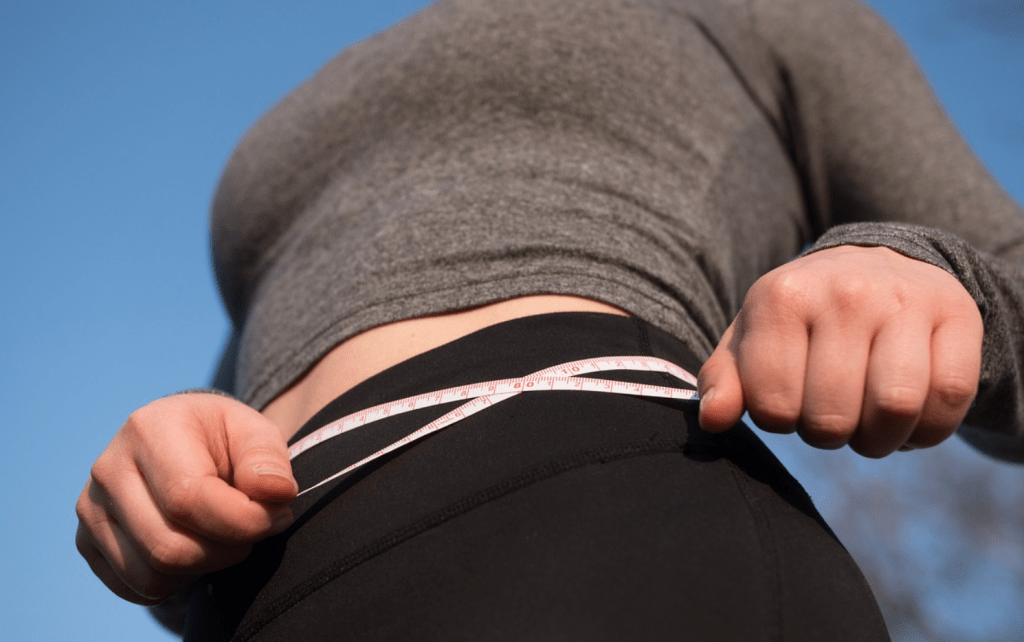
Now, the next part is crucial.
When it comes to health, your goal should always be fat loss (not just weight loss). Many people aiming to lose weight over-exercise, under-eat, ultimately losing muscle instead of fat. This approach often backfires as it sacrifices your body’s best fat-burning tool – the hard-earned muscle.
If you want to reduce body fat, low-carb – even ketogenic – diets can help you adjust your body to burn fat as the primary fuel. After becoming fat-adapted, reducing calorie intake, focusing on fiber-rich vegetables and protein, and minimizing fat intake will prompt your body to utilize stored body fat for energy. Through consistency and dedication, this can lead to rapid fat reduction.
Since Kurt couldn’t exercise like most people due to previous injuries, we needed to adjust his diet to facilitate rapid fat loss.
To achieve this goal, we modified Kurt’s diet and activity plan, ensuring he:
- Ate clean, wild foods
- Controlled calorie intake during meals
- Practiced intermittent fasting with compressed eating windows
- Engaged in physical activity on weekdays
- Spent as much time outdoors as possible
Note: Throughout the filming, we worked under the close supervision of a doctor who continuously monitored Kurt’s health. If you plan to use this Wild Diet rapid fat loss plan, consult with your doctor first.
The purpose of the Wild Diet is to live a healthy lifestyle. But if your goal is rapid fat loss, here are some recommendations.
These strategies can help you quickly prepare for a photoshoot, competition, or bikini season. They can also assist in breaking plateaus or achieving results faster. Let’s get started.
Tip 1: Consume nutrient-dense foods daily, such as green smoothies, hearty salads, and bone broth.
Green smoothies should primarily consist of dark leafy greens rich in vitamins, minerals, fiber, and digestion-enhancing enzymes (add future greens for enhanced taste and nutrition). Slow-cooking bone broth from pasture-raised animal bones extracts collagen, marrow, and other healing components, including amino acids, minerals, glycine, and gelatin, which aid in gut healing, provide nutrition, and reduce inflammation.
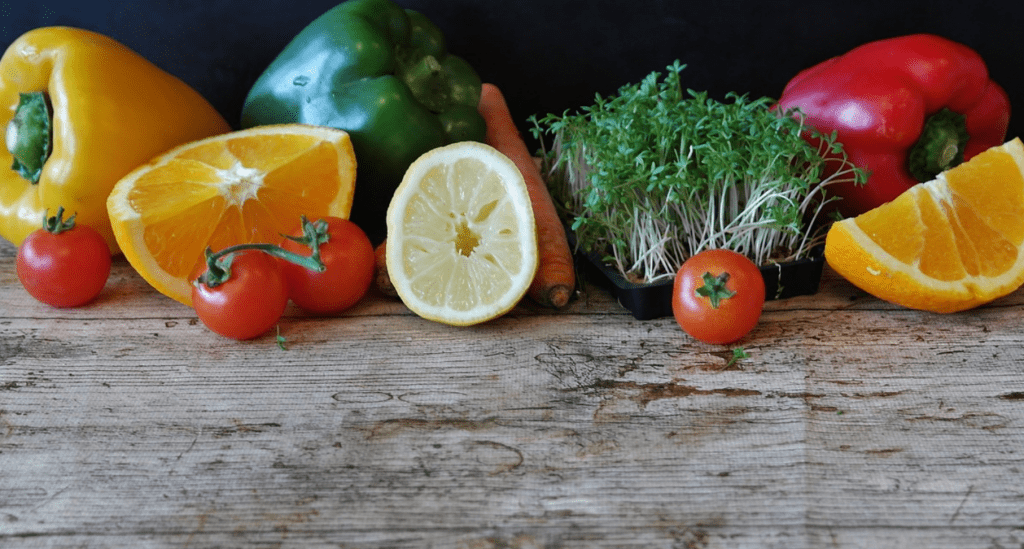
Tip 2: Include fiber from green, leafy, and raw vegetables.
As usual, focus on eating non-starchy, low-sugar vegetables. Keep starchy/sugary roots and tubers (like sweet potatoes and beets) and whole grains to a minimum, or reserve them for replenishing muscle after exercise.
Tip 3: Control Portions.
Be mindful of portion sizes during meals and snacks. Most people find they lose weight when they learn to eat a bit less (stop eating when 80% full). The Wild Diet and becoming fat-adapted will naturally curb your appetite. Recent studies show that eating less (and intermittent fasting – discussed below) can provide anti-aging and longevity benefits.
You don’t need to count calories, but creating a temporary energy deficit can stimulate fat loss.
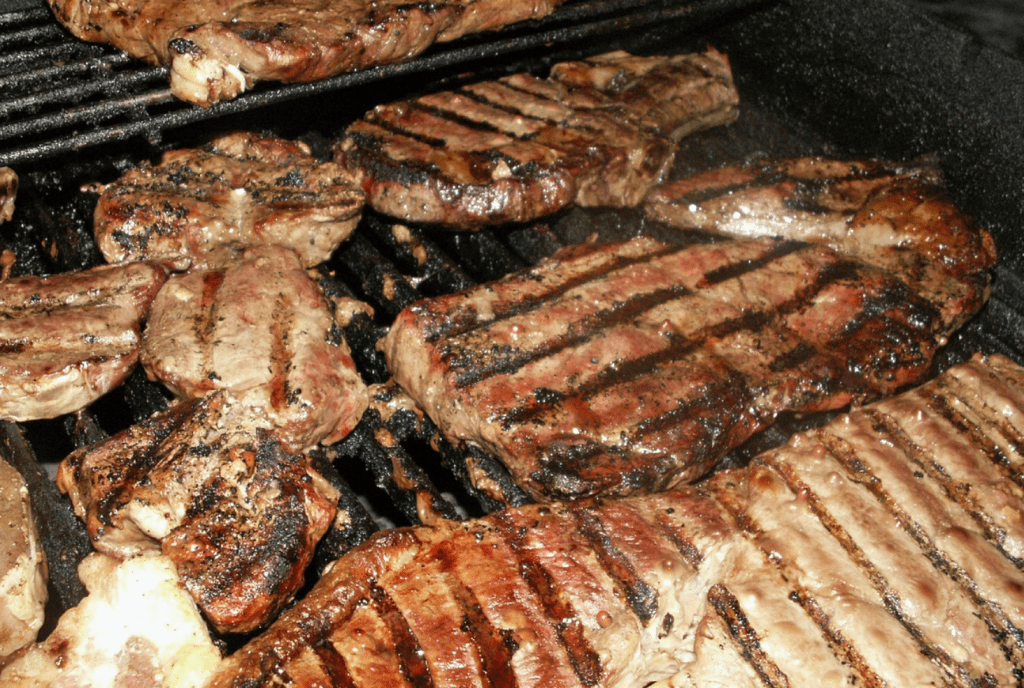
Once you reach a happy weight equilibrium (at your goal weight), most people can relatively easily maintain a healthy weight by eating plenty of Wild foods. However, if your goal is rapid fat loss, eating less (or simply put, reducing portion sizes) can indeed expedite progress.
How large should the deficit be? A daily 500-calorie deficit is sustainable for some people, but any deficit will do. A 1000-calorie deficit per day is aggressive and challenging to maintain. Regardless, don’t drop your calories below 1000 per day, even if you think it’ll result in faster weight loss. At that point, you’ll be losing muscle, jeopardizing your health and sanity. It’s not worth it.
Tip 4: Morning Nutrient Boost
Start your day with a powerhouse of nutrients by supplementing with omega-3 fish oil, vitamin C, probiotics, and high-quality multivitamins. This not only helps curb hunger but ensures you’re getting the essential nutrients your body needs.
Tip 5: Embrace Intermittent Fasting
Intermittent fasting isn’t just a trend; it’s a tool that can supercharge your fat loss journey. Benefits include increased growth hormone production (aiding in fat burning, muscle building, and slowing aging), improved insulin sensitivity, regulation of hunger hormones, reduced triglyceride levels, and decreased inflammation and oxidative stress. During fasting periods, you can consume coffee or broth and non-starchy vegetables like celery and cucumber for fiber and nutrients. Keep in mind that intermittent fasting might not be suitable for everyone, with generally better results observed in males.
Tip 6: Harness the Power of Caffeine
Caffeine, found in coffee, green tea polyphenols, and nutrients, can be your ally in reducing hunger and accelerating fat burning, especially in the morning. However, moderation is key, especially during intense workouts or periods of sleep deprivation, as excessive intake can stress the adrenal glands. Aim for a daily caffeine intake equivalent to 2-3 cups of coffee (around 300-400 mg/day).
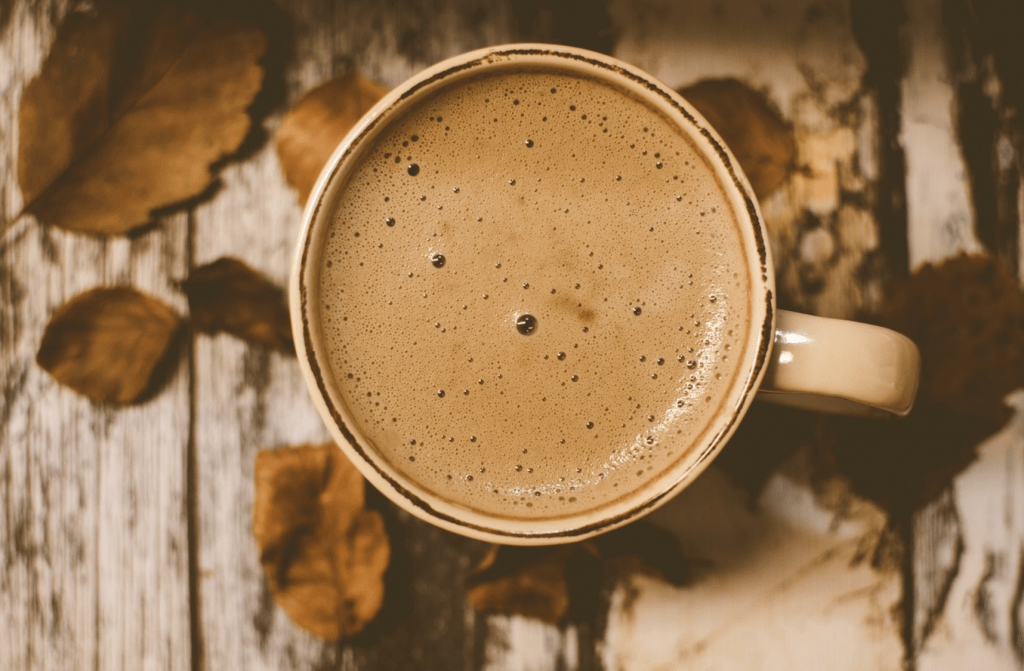
Tip 7: Moderate Fat Intake
While the Wild Diet often embraces a higher fat intake, adjusting your fat consumption might aid in quicker fat loss. Opt for fiber-rich vegetables and proteins to keep you satiated. Here are ways to reduce dietary fat:
- Choose black coffee instead of adding grass-fed butter or cream.
- Use less olive oil on salads or opt for lemon juice or vinegar as alternatives.
- Cool broth before use to remove fat. Once cooled in the fridge, the fat in the broth solidifies on top. Scoop this fat into a separate container and freeze it for future use (excellent for cooking). Reheat the broth for a protein-rich, low-fat option.
- Select water-packed sardines, tuna, and salmon instead of those packed in olive oil.
- Control your intake of avocados, coconuts, fatty meats, and oils, as their calories add up quickly. Eggs are beneficial, but focusing on the egg whites provides fewer calories.
Tip 8: Beware of Sauces
Be cautious with sauces, which often contain high amounts of sugar and unnecessary additives. When dining out, always ask for sauces on the side. You can opt for a few lemon slices squeezed over your salad or bring your small container of vinegar.
Tip 9: Limit Fruits, Nuts, and Dairy
While fruits, nuts, and dairy can be part of a healthy diet, limiting them might accelerate your fat loss. Small portions of berries or half an apple make suitable snacks, or you can incorporate them into green smoothies. Most fruits contain significant sugar content, which could impede fat reduction. Nuts are easy to overeat and are rich in omega-6 fatty acids, so consume them carefully, aiming for a small handful per day. Dairy can hinder weight loss for many, so it’s best to avoid it when attempting rapid weight reduction.
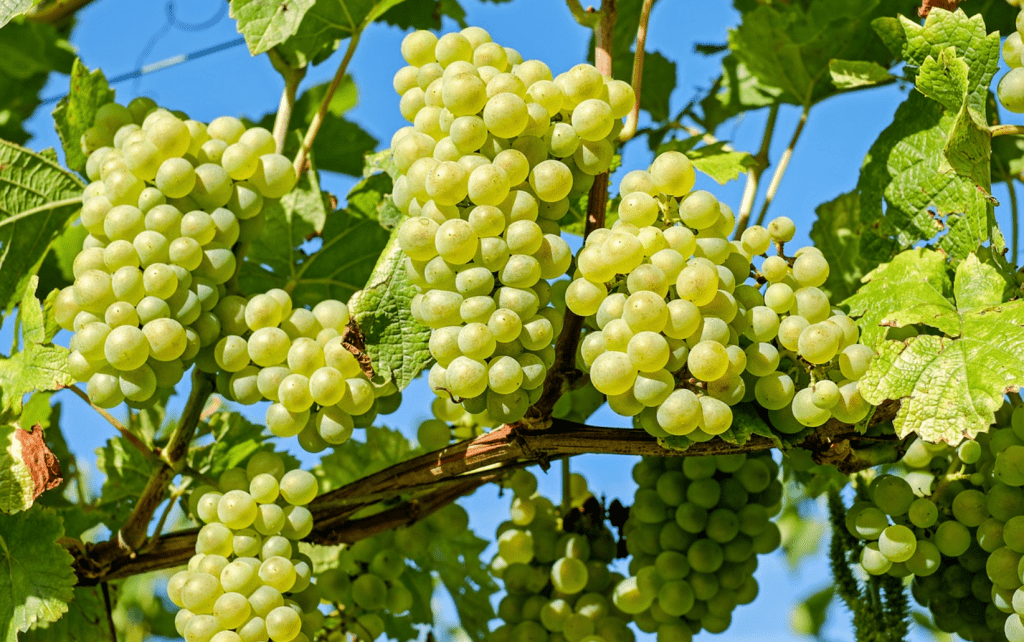
Indulge in Wild Diet Staples
Enjoy your favorite non-starchy vegetables and proteins liberally, supplementing with fats to round out your meals and snacks. For vegetables, prioritize wild or organic options, consumed raw, taking up more than half of your plate. Green leafy vegetables like kale, spinach, romaine lettuce, cabbage, and Swiss chard should make up the majority, with colorful vegetables limited in starch content. Fresh is best, but steaming, light cooking, freezing, or canned vegetables without preservatives or additives are acceptable.
For proteins, focus on grass-fed beef, wild-caught seafood, and free-range poultry, pork, and eggs. Beverages should include water, lemon or lime water, black coffee, green tea, or unsweetened tea.
Avoid Fat-Loss Hindering Foods
Certain foods can hinder your weight loss efforts, and these low-quality options devoid of real nutritional value should be minimized or eliminated from your diet. These are often foods not allowed in a standard Wild Diet plan.
- Processed foods or anything containing ingredients you can’t pronounce or spell.
- Fried foods or those containing industrial vegetable oils (such as soybean oil, corn oil, safflower oil, peanut oil, or canola oil).
- Grains or white carbohydrates (including wheat, oats, barley, rice, and corn) and products made from them (like bread, pasta, cereal, etc.).
- Sugar, corn syrup, or products containing them. These contribute to insulin spikes and crashes related to sugar addiction.
- Artificial sweeteners or products containing them (like sucralose, aspartame, or saccharin).
- Artificial flavors, which are chemicals that can cause inflammation.
- Soy or soy-containing products (such as tofu, soy protein isolates, soy pulp, most vegetarian burgers, soy oil, soy sauce, hydrolyzed plant protein, etc.).
- Liquid calories, including fruit juices, sports drinks, sodas, or ultra-pasteurized milk.
- Beer, wine, and spirits. While a glass of red wine or a high-quality cocktail is generally acceptable in the Wild Diet, it’s best to skip it when aiming for rapid fat loss.
Embarking on a Wild Diet rapid fat loss plan requires commitment, but with these creative and practical tips, you can navigate the journey successfully. Remember, everyone’s body is unique, so adjustments may be needed based on your personal needs and preferences. Stay dedicated, stay wild!

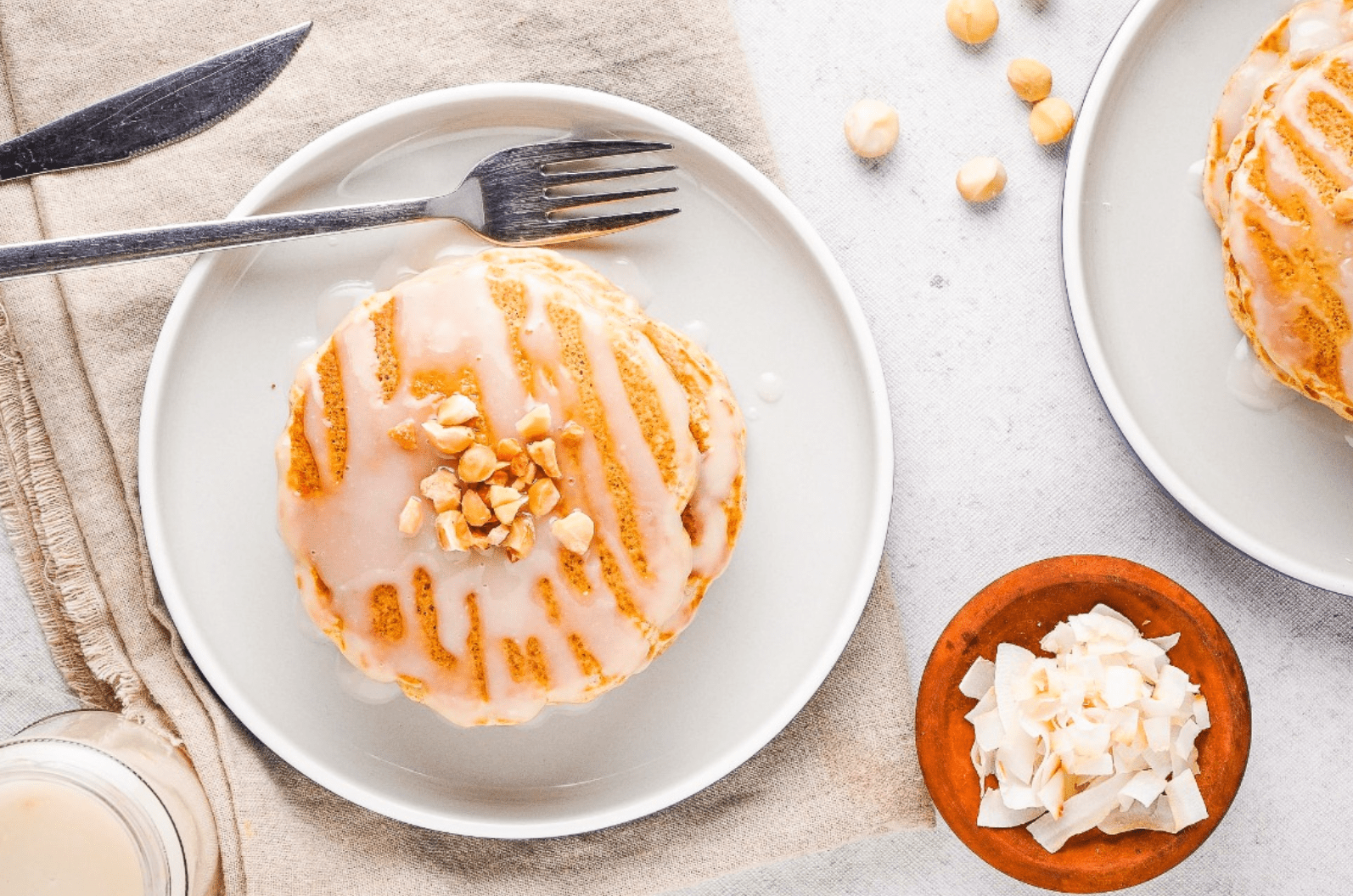


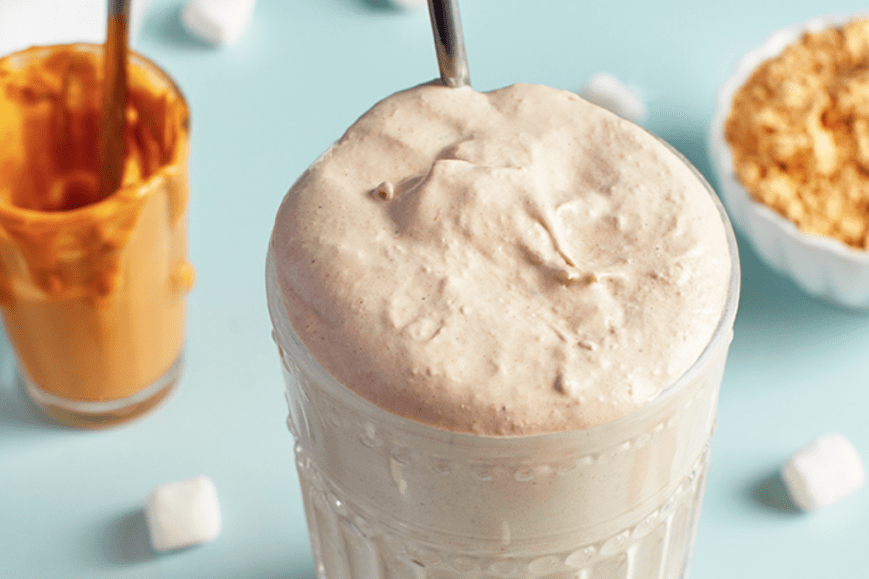

Leave a Reply